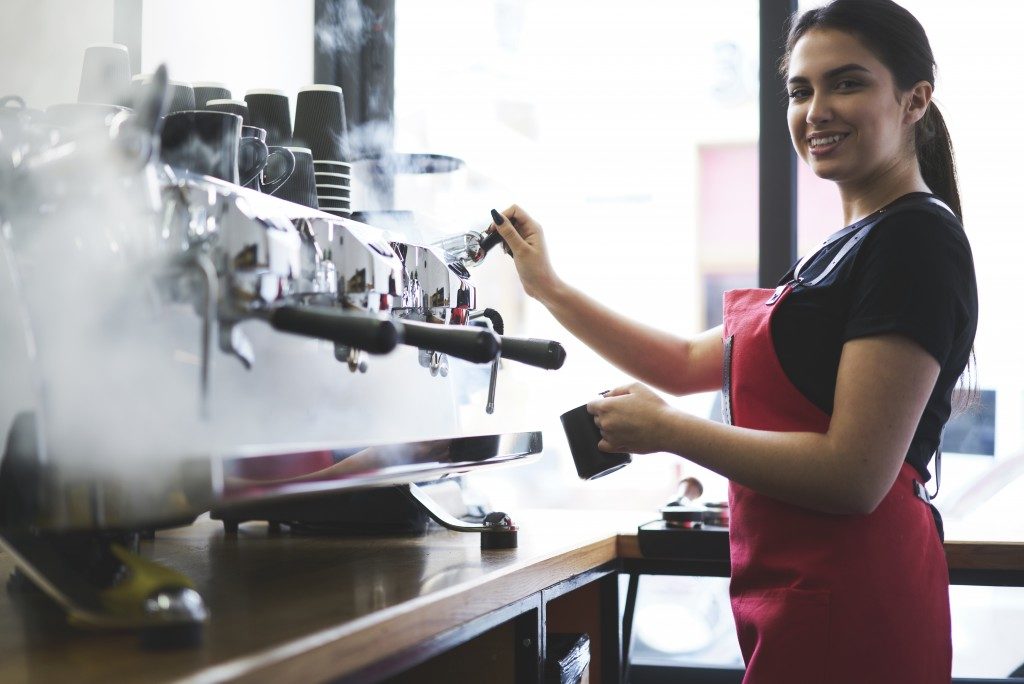Coffee is the world’s second most popular drink not named water, and depending on your lifestyle and where you live, chances are it’s the go-to beverage of many people you know to kickstart their busy days. Small business startups thrive by offering variations of the brew or the experience; Starbucks made itself a global brand on the strength of the beverage’s worldwide popularity.
Still, as more people have become more conscious of the calories they consume, the traditional pairing of coffee with dairy (cream or milk) and sugar has started to fall out of favour for many. Some have switched allegiance to tea – the world’s most popular beverage, by the way. Others, opting for straight black coffee, might find that its acidity can cause heartburn.
If you’re running a small scale coffee shop, you can present a solution to this problem for customers and establish yourself in a niche of your local coffee scene. Here’s why you may be interested in offering nitro cold brew on tap.
What is cold brew?
Most people make coffee using one of many different methods involving hot water. Whether it’s regular brewing from a drip coffee maker or using a French press, what these methods do is bring out most of the intense and aromatic oils and compounds found in the coffee bean. This results in the familiar ‘cuppa Joe’ which is acidic, and thus calls for dairy and sweetener.
Cold brew coffee is made with time instead of heat to extract the flavour. Ground coffee steeped in water at room temperature will diffuse much of its flavour – it just takes time. You won’t have the same intensity as regular brewed coffee, but the cold brew is neutral, not acidic; and it has a natural sweetness, thus offering a reasonable alternative requiring no additives.
And for people who love iced coffee, particularly during hot months, cold brew is the perfect match, whereas regular coffee needs to be at double strength to factor in dilution from melting ice.
How do you make it nitro?

A relatively recent innovation involves infusing nitrogen bubbles under pressure into a batch of cold-brewed coffee. This is similar to carbonation in many drinks, except that nitrogen adds a creamy, thick texture to the brew with its smaller bubbles.
If you’re not accustomed to working with nitrogen, it can be intimidating in terms of setup and initial outlay. However, the process has many long term benefits. Nitrogen is an excellent food preservative, and cold brew – after the initial steeping time – can be served instantly. This lets you store an ample supply of cold brew to be served on-demand, saving time and increasing profit margins compared to typical hot drinks.
You can further save on the hassle and long term costs of using liquid tanks by obtaining your supply from a nitrogen generator instead. Nitrogen itself is a clean gas found naturally as about 80% of the air, and with this method filtering it from the surrounding air, you minimise transport costs and emissions for a cleaner footprint.
The finished product
If you have any doubts about the potential of nitro cold brew as a standout product, have a taste. The infusion of small gas bubbles creates a foamy head; combined with the natural sweetness and lack of acidity in the base cold brew drink, you’re offering customers something with maybe five calories in it and no need for additives. It’s not a fad drink; nitro provides a perfect solution to many people’s need for a healthy coffee fix, and your café can be the one to provide it.

